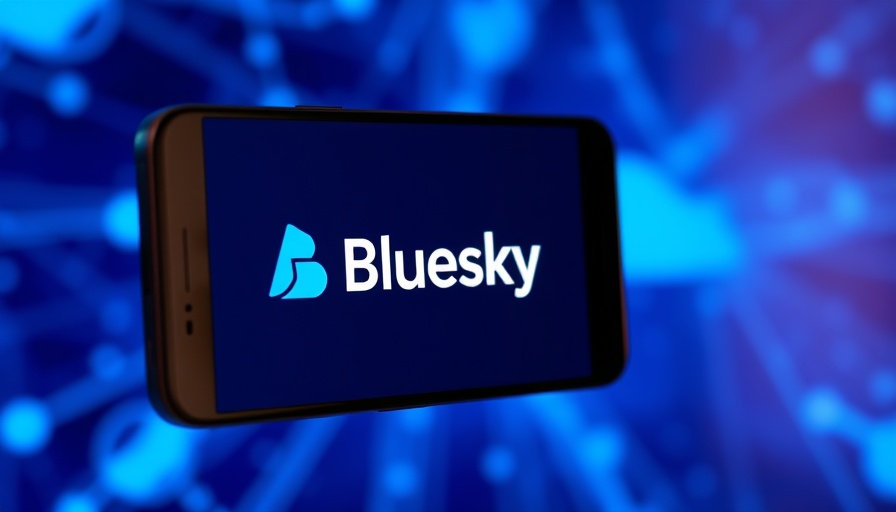
The Rise of AI and Its Impacts on Media Authenticity
As artificial intelligence (AI) technologies evolve, the ability to create convincing fake media—such as images and videos—has become alarmingly simple. The Pixel 10 smartphone aims to combat this challenge through innovative tech that differentiates between authentic and AI-generated content. With misinformation becoming more pervasive, tools like Google's Content Credentials are essential to safeguarding trust and transparency in digital communications.
Understanding Google's C2PA Content Credentials System
The Content Credentials feature embedded in the Pixel 10 is a fundamental step towards tackling digital misinformation. This system provides a comprehensive record of how photos are captured and edited. Every image taken with the Pixel 10 automatically receives this information, creating a digital fingerprint that reveals whether the image has been altered post-capture. This feature is particularly critical in an era where misinformation campaigns can rapidly spread fake visuals.
Why This Technology Matters to Everyday Users
For the average smartphone user, the implications of Content Credentials go beyond mere technical specs; they offer peace of mind. If you share a photo that claims to be from a public event, Content Credentials can authentically trace the image's origins, ensuring that both you and your audience are accurately informed. As online platforms continue to evolve, so does the necessity of verifying credibility, especially among younger users who are more susceptible to viral misinformation.
Security Features That Empower Users
Google has infused several layers of security into the Content Credentials system to foster greater trust. This includes cryptographic signing techniques designed to invalidate signatures when metadata changes. Each photo comes with unique, one-time-use keys that ensure user privacy while providing trustworthiness. The addition of secure timestamps means that even offline images can be verified without compromising the user's anonymity. This ingenious framework redefines how we think about image integrity.
Future Trends: Will More Devices Adopt This Technology?
Currently exclusive to the Pixel 10, Google has indicated a desire to expand this technology to a wider array of Android devices in the future. As concerns around AI and misinformation grow, this could mark a pivotal shift in how photographers and content creators approach their work. Industry stakeholders are urged to consider adopting such systems as a collective effort to combat misinformation. The question remains: how quickly will the rest of the industry respond?
The Broader Impact of Misinformation
This pivotal moment in technology reflects a broader societal issue. With deepfakes and AI-generated content on the rise, public trust in media is facing unprecedented challenges. Organizations and individuals alike must take these advancements seriously. The message from Google is clear: it's not just about dealing with misinformation; it's about cultivating an ecosystem of authenticity that can withstand the test of time.
As the tech landscape shifts, consumers must remain informed about tools designed to safeguard authentic communications. Embracing these technologies is not just essential for tech-savvy users but also for anyone who consumes media on a daily basis. The Pixel 10’s newfound verification capabilities represent not just a feature update, but a forward-looking approach to ensure fewer surprises in today’s visual media world.
 Add Row
Add Row  Add
Add 




Write A Comment